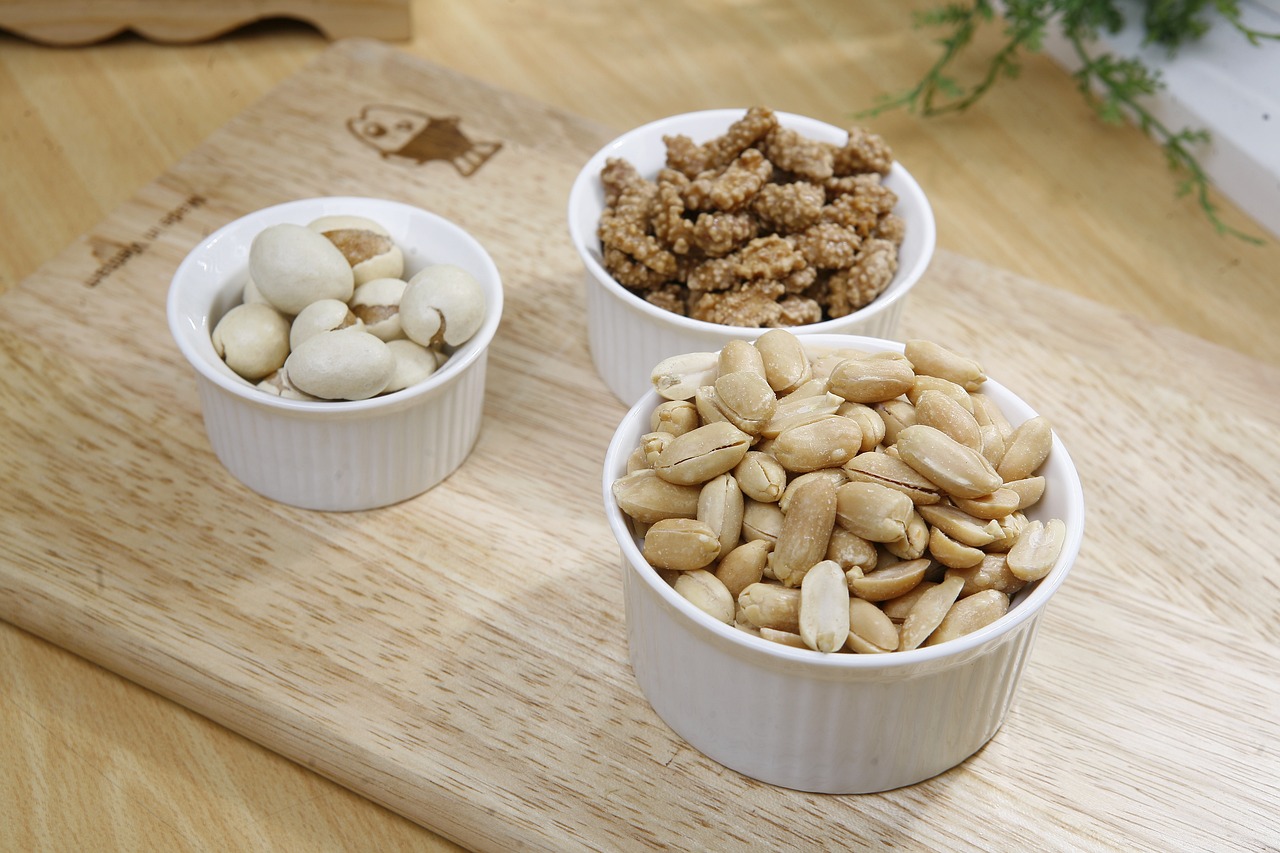Wound Care Routines
This article is written from a Swedish perspective. Hopefully, it can inspire those interested from other countries.
Lack of wound care routines can have severe consequences for the resident. By paying attention to signs of pressure injury, edema, dry skin, and other signs of risk for wounds, it is possible to prevent wounds from occurring. Those suffering from diabetes, impaired circulation, malnutrition, infections, and a reduced general condition are at higher risk of developing wounds or having wound healing worsen.
 Foto: Mostphotos
Foto: MostphotosImproved wound care
Wound care has improved significantly over the past decades. However, it still happens that elderly people suffer from hard-to-heal wounds. With the right knowledge and good working methods, it is possible to reduce the suffering of the individual and speed up the healing process. The underlying causes of the wound affect the choice of treatment. Poor wound care routines can result in amputation that could have been prevented. There is good support in the care manual for those who want to secure their routines. The risk of deficiencies in wound care is even greater during the summer.
Stimulate the body's healing mechanisms
Wound care is about stimulating and facilitating the body's own healing mechanisms. The goal of all wound treatment is to heal the wound, reduce the patient's suffering and facilitate daily life for the patient. Therefore, the treatment must be seen from a holistic perspective. Patients with wounds should have a wound care plan. Wound care should be described in the journal but also in a binder so that the wound can be managed, for example, during data interruptions.
The risk of pressure ulcers increases if someone becomes bedridden. It is important that nursing assistants and on-call nurses have a good working method and that there is pressure ulcer prevention material available around the clock.
Wound care plan
• Type of wound (for example, surgical wound, pressure ulcer, venous or arterial leg ulcer, cancer wound, burn).
• The appearance and size of the wound. Superficial wounds can be traced with plastic film while deeper cavities are instead filled with gel to measure how large it is. First cover the wound surface with plastic film, fill with gel and aspirate back with an empty syringe, how many ml/cl does the wound cavity hold? Photographing the wound is a very good tool, then place a ruler next to it so that it is visible how large it is.
• Wound exudate (green, yellow, red-yellow and the amount that comes)
• Smell
• Pain, Where? When? How much?
• The edge of the wound (is it marked, loose, hardened or like ingrown skin?).
• The skin around the wound (redness, edema, eczema, fungus, loosened or normal?).
• Clinical infection
Planned wound care is documented in the journal and function calendar. If wound care is planned for on-call hours, the on-call nurse should be informed separately to ensure that the need is known. An assessment should be made as to whether the individual should have a special mattress.
Routine in connection with dressing change
• Read in the journal about the change of dressing
• Document each dressing change and changes in status.
• Changes in the dressing should normally be decided by the patient's responsible nurse.
Wounds and wound care can be associated with pain. Studies have shown that pain is often underestimated and that many receive inadequate pain relief. Pain assessments can be made with the VAS scale or the Abbey Pain Scale can be used if the resident cannot communicate themselves. The pain of pressure ulcers can often be perceived as cutting or burning.
The patient's responsible nurse has the overall responsibility for the wound care being carried out correctly. If there is trained and knowledgeable staff, she can delegate the task. More difficult wounds should be the responsibility of the nurse herself. Wound infections must be avoided to reduce the suffering of those affected. Many times the doctor must be involved in wound care.
Thorough hygiene
Hand washing, hand disinfectant, gloves and aprons should be used during dressing changes. If the resident has several wounds, the dirtiest wound should be treated last. Gloves should be changed between different steps, such as after the dressing has been removed and if the gloves have been contaminated, i.e. dirtied, even if it is not visible dirt. All protective equipment is changed between care recipients.
Wounds should always be documented and a wound journal set up where it is stated where the wounds are located, the wound grade and how they should be treated. The wound journal is followed up, the wounds are then evaluated at each dressing change and changes in dressing material are noted. Larger wounds can advantageously be photographed so that one can make comparisons over time. Consultation, expert help and suggestions for dressing material may be necessary.
Storage of dressing material
Dressing material should be stored at the resident's home and should not be moved back and forth. It is not good if too large quantities of dressing material end up in the apartment. It may be good to have a special plastic box with a lid for storing wound material so that it stays clean. If a bandage scissors is used, it should be changed between dressing changes so that it is always clean. Wound care material should be stored in a cabinet with doors or in a plastic box with a lid so that they do not get contaminated before the best-before date.
Pressure ulcers
Elderly care is getting better at preventing pressure ulcers. Unfortunately, it still happens that residents get wounds as a result of mistakes by staff. Knowing how pressure ulcers occur and how they can be prevented reduces the risk. Quick preventive measures such as pressure relief and a turning schedule can prevent unnecessary suffering.
Pressure ulcers can occur within a few hours and therefore it is important to make a risk assessment and implement pressure ulcer preventive measures as soon as the resident moves into the accommodation if the resident has difficulty changing position himself. A health plan is drawn up and subsequent risk assessments are then carried out continuously.
The circulation in the skin is impaired when pressure occurs as a result of the body weight pressing against the surface. Bone protrusions where the skin is thin are most susceptible to pressure ulcers. The sensitivity to pressure varies between different individuals, but a weakened immune system and impaired nutrient intake lead to an increased risk of pressure ulcers. Shear, when someone slides down towards the surface in a bed or chair, can cause pressure ulcers.
The Norton scale that is available in Senior alert can advantageously be used for risk assessments. Preventive measures are also suggested there. In the health plan, any risks of pressure ulcers and measures are documented. Wounds are described based on appearance, size, depth, wound grade, location and signs of infection. Goals, measures and evaluation should be included in the health plan.
Once an injury has occurred, it can be difficult to get the wounds to heal. It can take months and sometimes years and in the worst case it is not possible to get the wounds to heal. The occurrence of pressure ulcers is a deviation that should be reported.
Close follow-up
The most important measures to avoid pressure ulcers are daily skin inspections and keeping the skin clean and intact. If necessary, the skin should be lubricated with unperfumed cream. The resident can get help with position changes both in bed, chair and possible wheelchair. With a turning schedule, you can see when the resident last changed position and keep track of when it is time next time. 30 degrees angle position from side to side a few times at night and a good pressure ulcer relieving air-changing mattress are measures that prevent pressure injuries. Two wedge pillows are needed for position changes in bed. The heels, which are particularly exposed, can be relieved by placing a pillow under the calves that lifts the heels from the surface.
Alternatively, so-called Heelift heel protectors can be purchased if there is a high risk of pressure ulcers on the heels or if the resident has pressure ulcers. Synthetic sheepskins, cut-outs or monk-like aids should be avoided.
If a resident is malnourished, nutritional and fluid needs must be registered and measures taken. For example, nutritional drinks with high protein content can reduce the risk of pressure ulcers.
Hard-to-heal wounds
Wound care in elderly care is improving. We see fewer nasty wounds and wounds that occur heal to a greater extent. It is important to keep up with the development of knowledge.
Properly managed wound care reduces both suffering and costs. Knowledge about wound care gives a good healing effect.
Everyone who works in care must have knowledge that makes them understand when the risk of wounds increases. In addition, there must be people who are knowledgeable in getting skin damage and wounds to heal.
For a frail person, bed rest over a weekend, for example in connection with fever, means an increased risk of pressure ulcers. Anti-decubitus mattresses and turning schedules can be implemented at short notice.
In the past, we talked about chronic wounds, but now we know that most wounds can heal with the right treatment. Wounds that do not heal within six weeks are now called hard-to-heal wounds. Hard-to-heal wounds mainly affect older people with multiple illnesses. Wound care must be carried out in teams. Today it is easier to be able to document when we can take a picture that is more descriptive than formulating a text.
Antibiotics are prescribed unnecessarily. Wound registration in "Rikssår". A structured care of the patient with diagnosis, treatment strategy and follow-up of the patient leads to reduced use of antibiotics.
Not infrequently, residents who get wounds have some underlying disease. Diabetic foot ulcers are often found on the soles of the feet. People with cardiovascular disease often get wounds on toes, foot back or heel. Those with reduced mobility get pressure ulcers more often and so on. Sometimes the resident takes medication that can impair healing and is therefore taken into account in the treatment of the wound.
Burns
Burns are fortunately rare in the elderly. However, it happens that the elderly get burns as a result of sitting in the sun for too long. Burns are divided into different classes depending on how deep and extensive they are. In the case of more severe burns, a specialist should be consulted as they can be life-threatening.
Lifestyle factors
Lifestyle factors such as weight loss and smoking can negatively affect wounds. Many patients also believe that they should not move much, but movement is good for both wound healing and appetite. The exception here is pressure ulcers and diabetic foot ulcers where relief is often part of the treatment. If the patient is a smoker, quitting smoking is a lifestyle choice to improve wound healing.
Wound care is handled interprofessionally. A well-developed wound care plan ensures that wound care is managed correctly every day of the week.
The nurse should cooperate with the occupational therapist, doctor and physiotherapist when it comes to treating the wound. Sometimes a dietitian can suggest complementary treatment to the direct wound care. Referrals may be required to ensure diagnosis and get the best treatment.
Correct routines for handling wound care material are of great importance. A difficulty to consider is getting equivalent wound care material when changing supplier.
Reflection - wound care
Care staff:
• Do you receive good written instructions from the nurse about dressing changes?
• Do you have good places to store dressing material for the dressing changes you take care of?
• Do you keep track of the expiration date?
• Do you have routines for informing licensed personnel when you see signs of redness or emerging wounds on the skin?
• Do you go through bed making during the introduction of substitutes?
• Do you have routines for noticing if someone becomes bedridden and thus has an increased risk of getting pressure ulcers?
Manager, nurse, occupational therapist and physiotherapist:
• Do you have good routines for wound care and handling of dressing material?
• Do you cooperate in the team to achieve the best possible healing effect?
• Do you make wound care plans?
• Do you have the possibility to urgently prescribe pressure preventing mattress and other measures if someone deteriorates and becomes lying?
• Do you have a good team cooperation regarding wounds and wound care?
• Do you have recurring further education about wounds?
• Is your doctor engaged in wound care?
Resident and relatives:
• Do you know if a risk assessment has been made regarding pressure ulcers?
• Does your relative have any hard-to-heal wounds?
• Is there a wound care journal?
• Has the weight been followed up in recent months?
• Is your relative losing weight?
Erland Olsson
Secialist nurse
Sofrosyne - Better care every day

Aktuellt i media
- 2025-04-25 04:00 17 Psykisk hälsa
-
2025-04-23 04:00
13 Hygien
Storage tends to attract all the world's junk. Order, clearing and cleaning of storage is a necessary recurring task.
info Bild: Pixabay
Bild: Pixabay -
2025-04-14 04:00
08 Förebyggande o lokaler
The art of furnishing a nursing home, a balancing act between homeliness, functionality, and hygiene aspects.
info -
2025-04-10 04:00
04 Bemötande
Waking up in a nursing home - is the morning routine adapted to each individual's needs?
info Bild: Pixabay
Bild: Pixabay -
2025-04-07 04:00
09 Mat och måltid
For the elderly, it is often important to eat many snacks in order to get enough nutrition.
info Bild: Pixabay
Bild: Pixabay -
2025-04-03 04:00
04 Bemötande
What creates safety in elderly care homes - advice and tips on creating a secure environment for the residents
info

